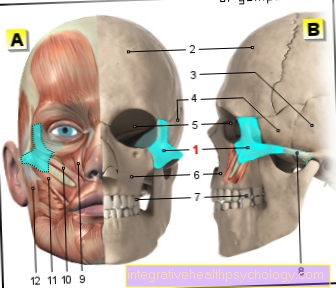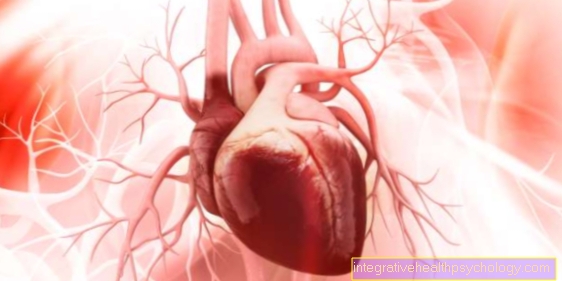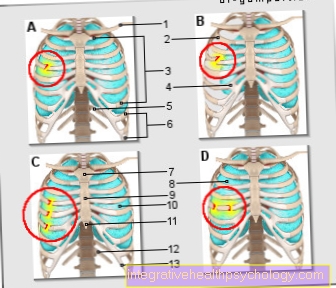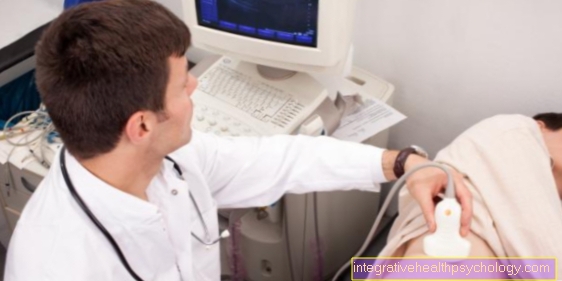Ciprobay® and other gyrase inhibitors
synonym
Fluoroquinolones
Classification
Ciprobay® is the trade name of the antibiotic ciprofloxacin, which belongs to the group of fluoroquinolones or gyrase inhibitors. Fluoroquinolones are divided into four groups, the main difference being in their different mechanisms of action and applicability. Ciprobay® belongs together with Tarivid (active ingredient: Ofloxacin) and Enoxor (active ingredient: Enoxacin) to group II.
effect
Bacteria have an enzyme that is primarily involved in the synthesis of bacterial DNA. The so-called DNA gyrase or DNA topoisomerase II. The enzyme causes the twisted structure typical of DNA. Fluoroquinolones are now able to inhibit this enzyme in bacteria, which leads to bacterial cell death. It thus has a degenerative bactericidal effect.
Areas of application
Group II fluoroquinolones are so-called broad spectrum antibiotics that cover a broad range of pathogens. Ciprofloxacin is one of the standard fluoroquinolones that is most commonly given. It is good against enterobacteria and Haemophilus influenzae, somewhat weaker against staphylococci, pneumococci, enterococci, against Chlamydia, Legionella, mycoplasma and effective against pseudomonads. It is mainly used for infections of the respiratory tract and urinary tract infections. Furthermore, patients with skin, soft tissue, bone and joint inflammation are prescribed Ciprobay® or other fluoroquinolones of this group. In the case of infections of the gastrointestinal tract, such as a salmonella or shigella infection, the drug is also used. But it is also used in severe systemic infections of the body up to life-threatening sepsis (blood poisoning). The effectiveness against pneumococci is reduced with the substances of group II. The effectiveness against Pseudomonas, however, is very high.
Side effects
Gastrointestinal discomfort, including nausea, Vomit and diarrhea as well as nerve irritation and related a headache, dizziness, Psychosis, arousal and seizures have already been observed. Furthermore, hypersensitivity reactions of the skin (photosensitization) can sometimes occur. The fluoroquinolones are also thought to damage cartilage. Especially with a combined administration with glucocorticoids (cortisone), especially for patients who are in the growth phase, the risk of a Cartilage damage or muscle tendon tear particularly high and should therefore be avoided.
Interactions
In order not to reduce the absorption of fluoroquinolones, the parallel administration of the following drugs should be avoided: Acid inhibitors of the stomach (so-called Antacids), Calcium, magnesium, iron, zinc, multivitamins and sucralfate. By raising the pH or by forming a complex, the parallel administration leads to the described reduced absorption.
The following substances inhibit degradation and thus have an intensifying effect: theophylline, caffeine, ciclosporin A, anticoagulants, glibenclamide (antidiabetic). The parallel administration of these substances should be carefully considered.
Contraindication
Under no circumstances should you give Ciprobay® in the pregnancy or Lactation, as an increased risk of cartilage damage in the child is suspected
Ciprobay® should also not be given to patients with an increased tendency to cramp, as it lowers the seizure threshold.
Since ciprofloxacin is eliminated via the kidneys, patients with Renal failure are also more likely to be prescribed alternative preparations.

























.jpg)



